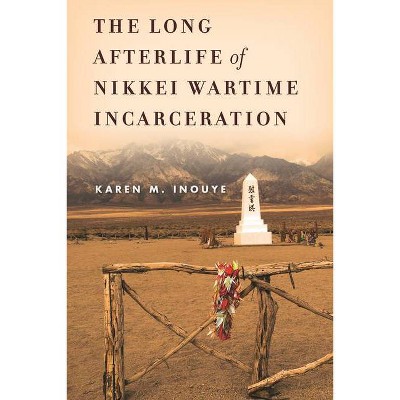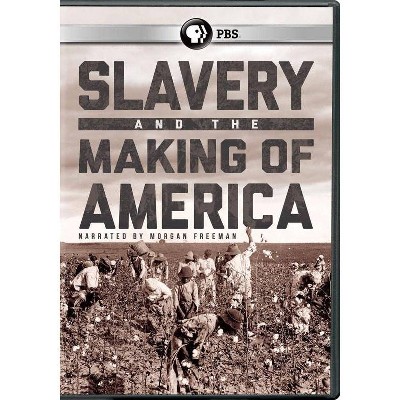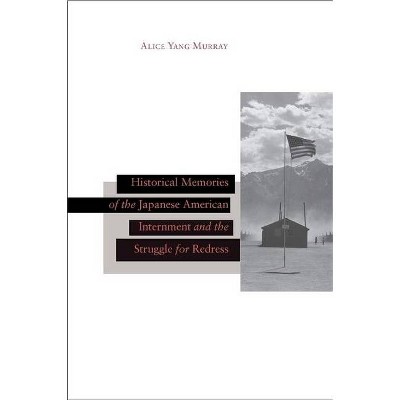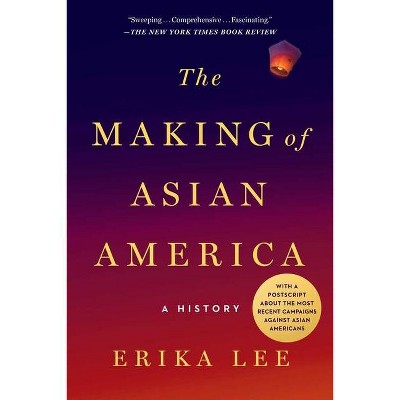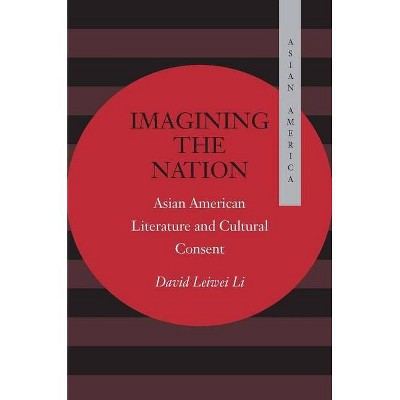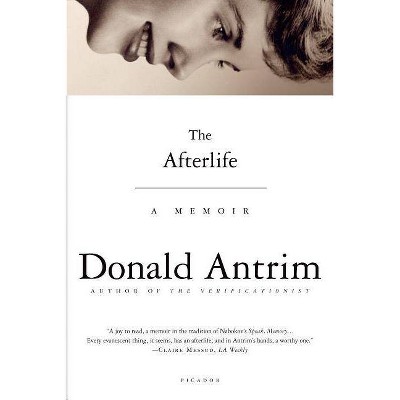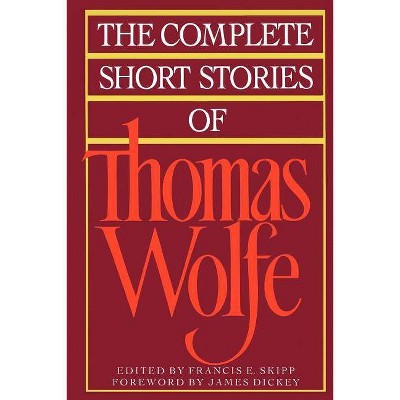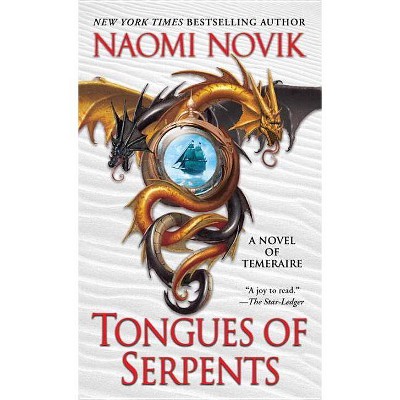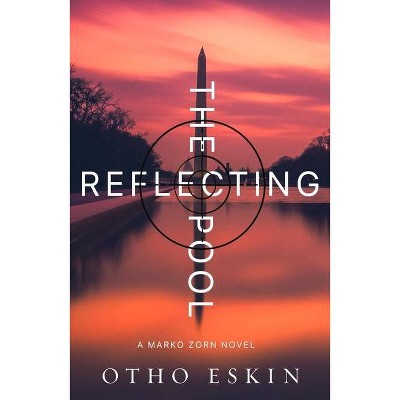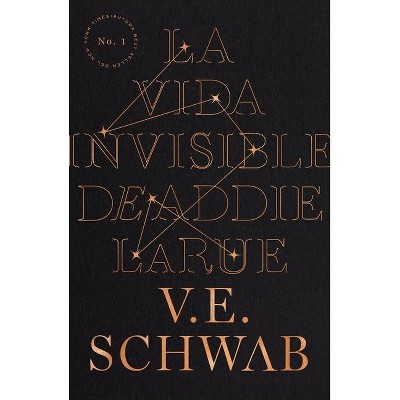The Peculiar Afterlife of Slavery - (Asian America) by Caroline H Yang (Paperback)
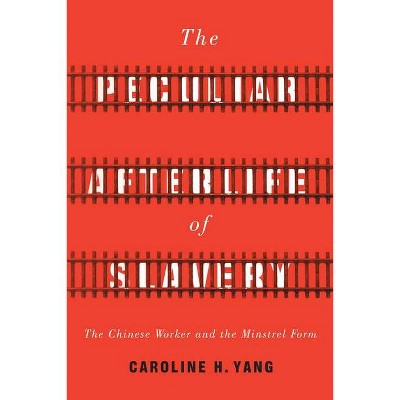
Similar Products
Products of same category from the store
AllProduct info
<p/><br></br><p><b> About the Book </b></p></br></br>The Peculiar Afterlife of Slavery explores how anti-black racism was recalibrated and perpetuated through the figure of the non-black Chinese worker in US literature after emancipation. By drawing connections between the form of blackface minstrelsy and the figure of the Chinese worker in Reconstruction-era and late 19th-century US literature, Caroline Yang reveals the ways in which antiblackness structured US cultural production, particularly at a crucial moment of reconstructing and re-narrating US empire after the Civil War. Drawing on early writings by Bret Harte, Mark Twain, Ambrose Bierce, Edith Eaton (Sui Sin Far), and Charles Chesnutt, writers who remain among the most celebrated from the Reconstruction period, Yang reassesses these authors' complex and often contradictory positions on race and labor. This study suggests that the figure of the Chinese worker allows us to see an inextricable link between not just US literature and US empire, but also the indispensable role of antiblackness as a cultural form in the United States"--<p/><br></br><p><b> Book Synopsis </b></p></br></br><p><i>The Peculiar Afterlife of Slavery</i> explores how antiblack racism lived on through the figure of the Chinese worker in US literature after emancipation. Drawing out the connections between this liminal figure and the formal aesthetics of blackface minstrelsy in literature of the Reconstruction and post-Reconstruction eras, Caroline H. Yang reveals the ways antiblackness structured US cultural production during a crucial moment of reconstructing and re-narrating US empire after the Civil War. </p> <p>Examining texts by major American writers in the late nineteenth and early twentieth centuries--including Harriet Beecher Stowe, Bret Harte, Mark Twain, Ambrose Bierce, Sui Sin Far, and Charles Chesnutt--Yang traces the intertwined histories of blackface minstrelsy and Chinese labor. Her bold rereading of these authors' contradictory positions on race and labor sees the figure of the Chinese worker as both hiding and making visible the legacy of slavery and antiblackness. Ultimately, <i>The Peculiar Afterlife of Slavery</i> shows how the Chinese worker manifests the inextricable links between US literature, slavery, and empire, as well as the indispensable role of antiblackness as a cultural form in the United States.</p><p/><br></br><p><b> Review Quotes </b></p></br></br><br><i>The Peculiar Afterlife of Slavery</i> offers fascinating new insights into minstrelsy as an enduring cultural form. Caroline Yang's nuanced comparative analyses enrich by challenging us to reconceptualize minstrelsy in the development of US literature and our ideas of the 'West.'--Edlie L. Wong "University of Maryland, College Park"<br><br>Elegantly parsing both continuities and discontinuities in racial formation from the nineteenth to early twentieth centuries, Caroline Yang charts the peculiar survivals of the minstrel form. The power of antiblackness to deform Blackness and Chineseness on both stage and page is everywhere evident in this assiduously researched and argued book.--Tavia Nyong'o "Yale University"<br><p/><br></br><p><b> About the Author </b></p></br></br><b>Caroline H. Yang</b> is Assistant Professor of English at University of Massachusetts, Amherst.
Price History
Price Archive shows prices from various stores, lets you see history and find the cheapest. There is no actual sale on the website. For all support, inquiry and suggestion messagescommunication@pricearchive.us
